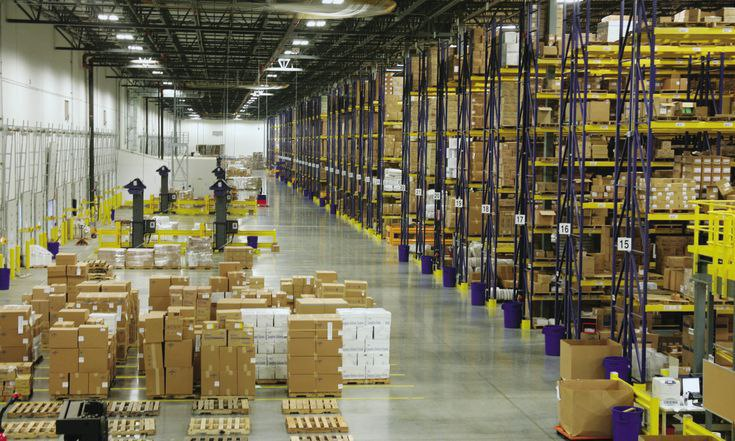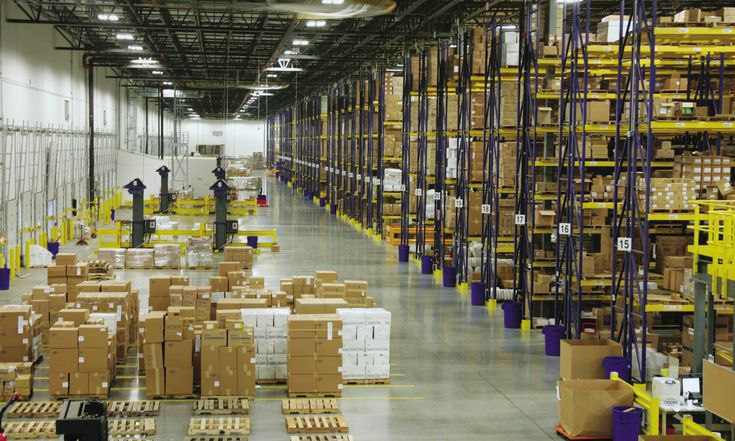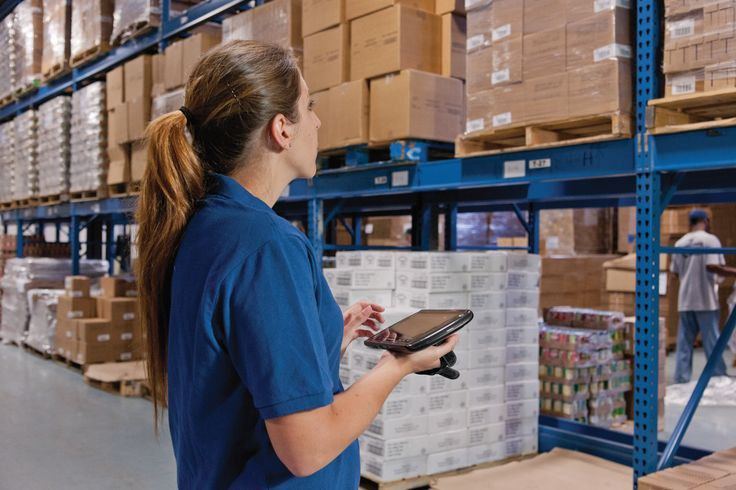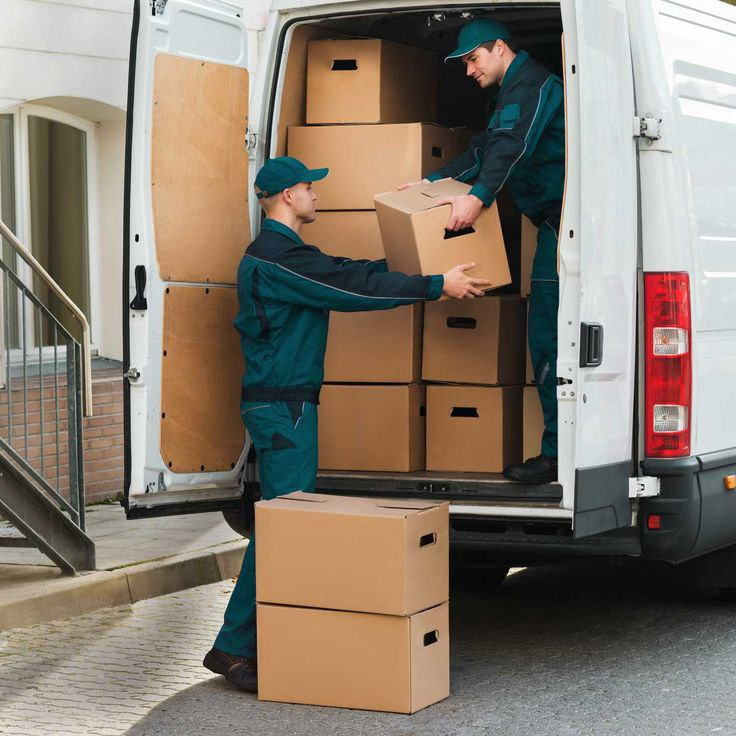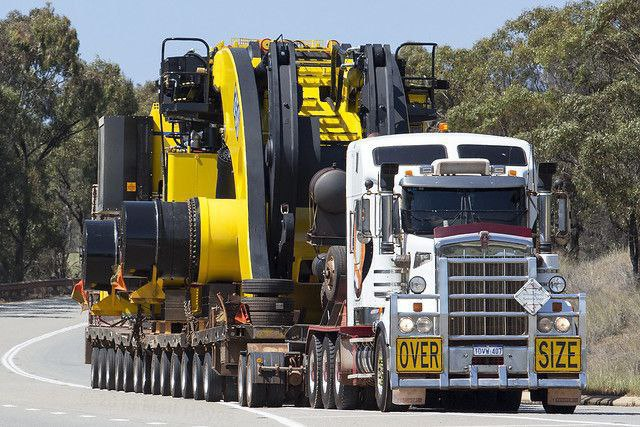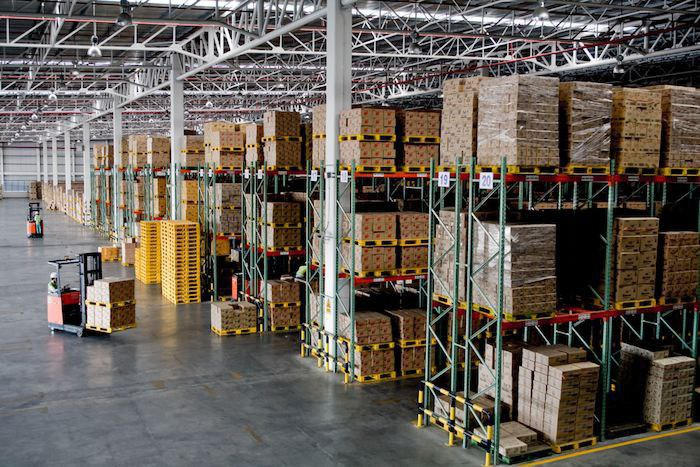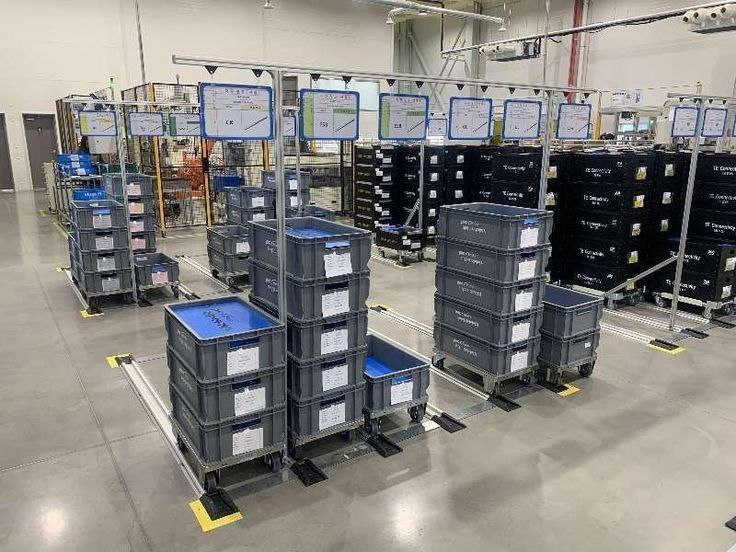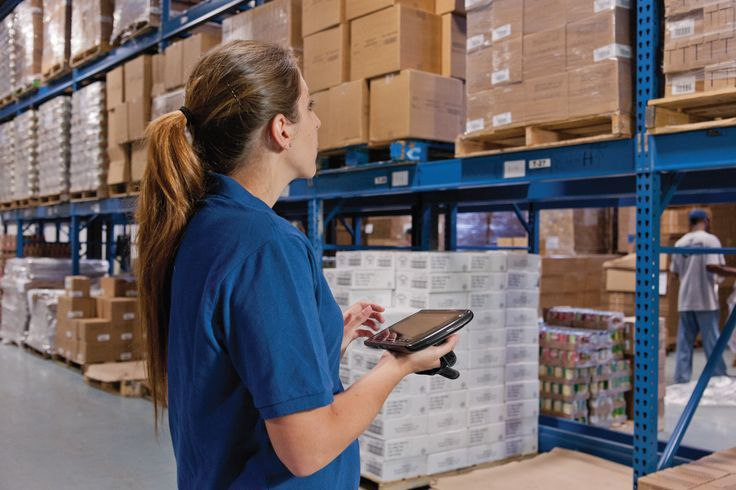Navigating Air Freight Logistics for Beginners
Air Freight Logistics: A Comprehensive Guide for Beginners
In today’s fast-paced world, businesses are constantly looking for ways to streamline their supply chain and get their products to customers as quickly as possible. One of the most efficient ways to do this is through air freight logistics. However, for someone who is new to the world of air freight, understanding how it works can be a bit overwhelming. In this comprehensive guide, we will break down the basics of air freight logistics and help you navigate the process with ease.
Understanding Air Freight: What is it?
Air freight is the transportation of goods via aircraft. It is a popular choice for businesses looking to expedite the shipping process and get their products to customers quickly. According to the International Air Transport Association (IATA), air freight represents about 35% of global trade by value, making it a crucial component of the global economy.
How Does Air Freight Work?
Air freight logistics providers play a key role in the transportation of goods via air. These providers work with airlines to coordinate the shipment of goods, from pick-up to delivery. When you work with an air freight logistics provider, they will handle all aspects of the shipping process, including booking cargo space on flights, arranging for pick-up and delivery, and managing customs clearance.
Benefits of Air Freight
There are several benefits to using air freight for your shipping needs. One of the biggest advantages is speed. Air freight is significantly faster than other modes of transportation, such as sea freight or road freight. According to the Airforwarders Association, air freight can deliver goods to their destination in as little as one to two days, compared to weeks for sea freight.
In addition to speed, air freight offers reliability and security. Airlines have strict schedules and procedures in place to ensure that your goods arrive at their destination on time and in good condition. This can provide peace of mind for businesses looking to meet tight deadlines and deliver high-value goods.
Choosing the Right Air Freight Logistics Provider
When selecting an air freight logistics provider, it is important to consider several factors. Look for a provider with experience in your industry and a track record of success. Ask for references and testimonials from past clients to ensure that they can meet your specific shipping needs.
It is also important to consider the provider’s network of airlines and destinations. A provider with a wide network can offer more options for shipping routes and faster delivery times. Additionally, look for a provider that offers competitive pricing and transparent fees. Make sure to ask about any additional charges, such as fuel surcharges or handling fees, to avoid any surprises on your final bill.
Conclusion
In conclusion, air freight logistics is a valuable tool for businesses looking to streamline their supply chain and deliver goods quickly and efficiently. By understanding the basics of air freight and working with a reputable logistics provider, you can take advantage of the speed, reliability, and security that air freight offers.
If you are ready to take your shipping process to the next level, consider partnering with an air freight logistics provider today. With their expertise and industry knowledge, they can help you navigate the complexities of air freight and ensure that your goods reach their destination on time and in perfect condition.
Ready to experience the benefits of air freight logistics for your business? Contact us today to learn more about how we can help streamline your shipping process and get your products to customers faster than ever before.



